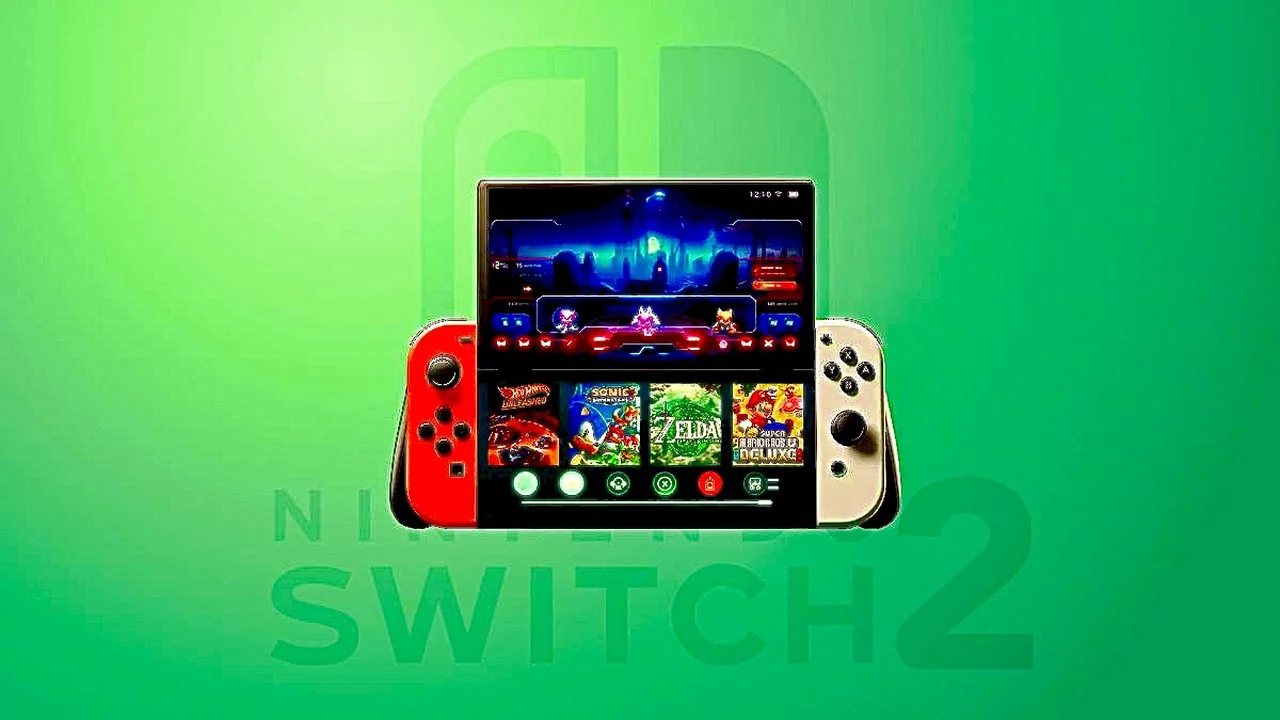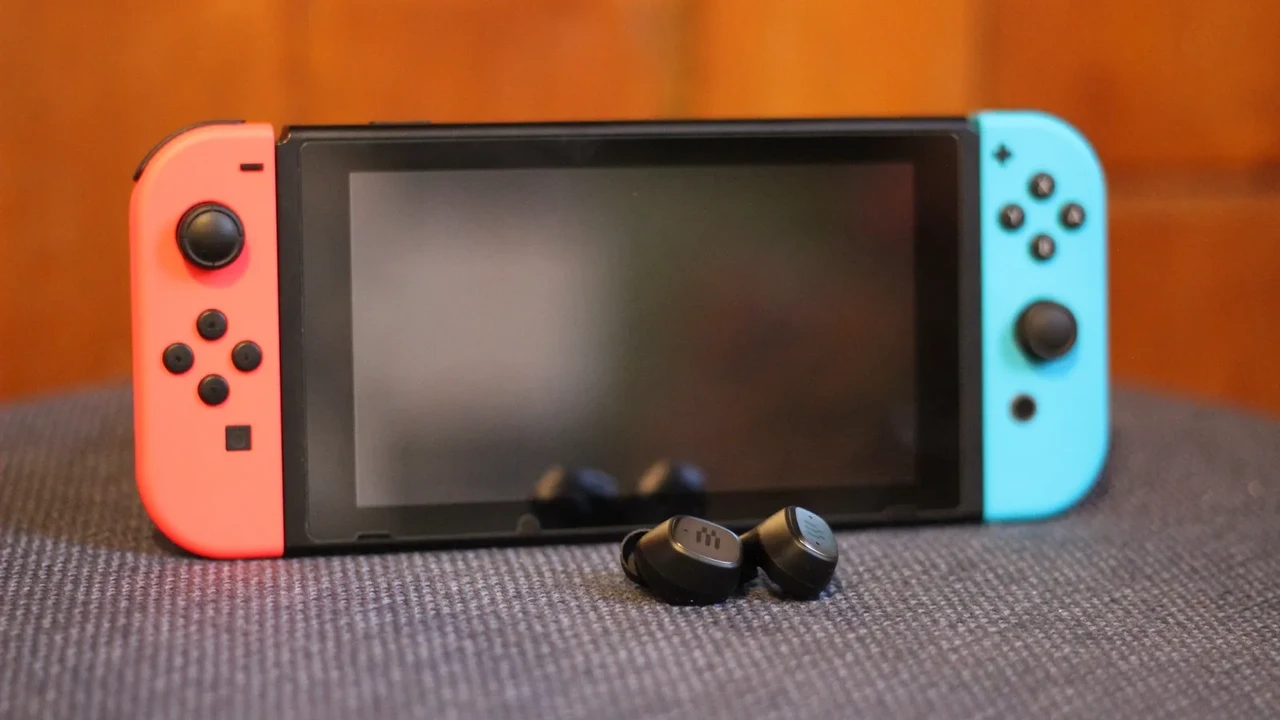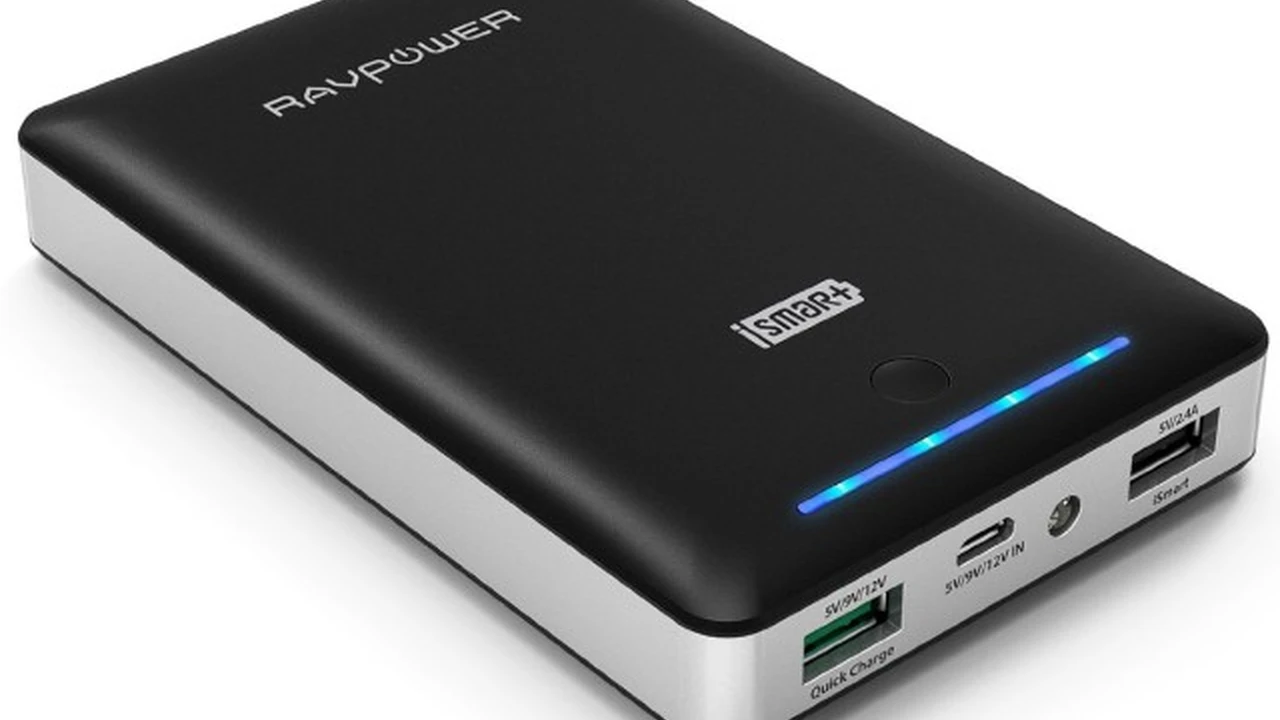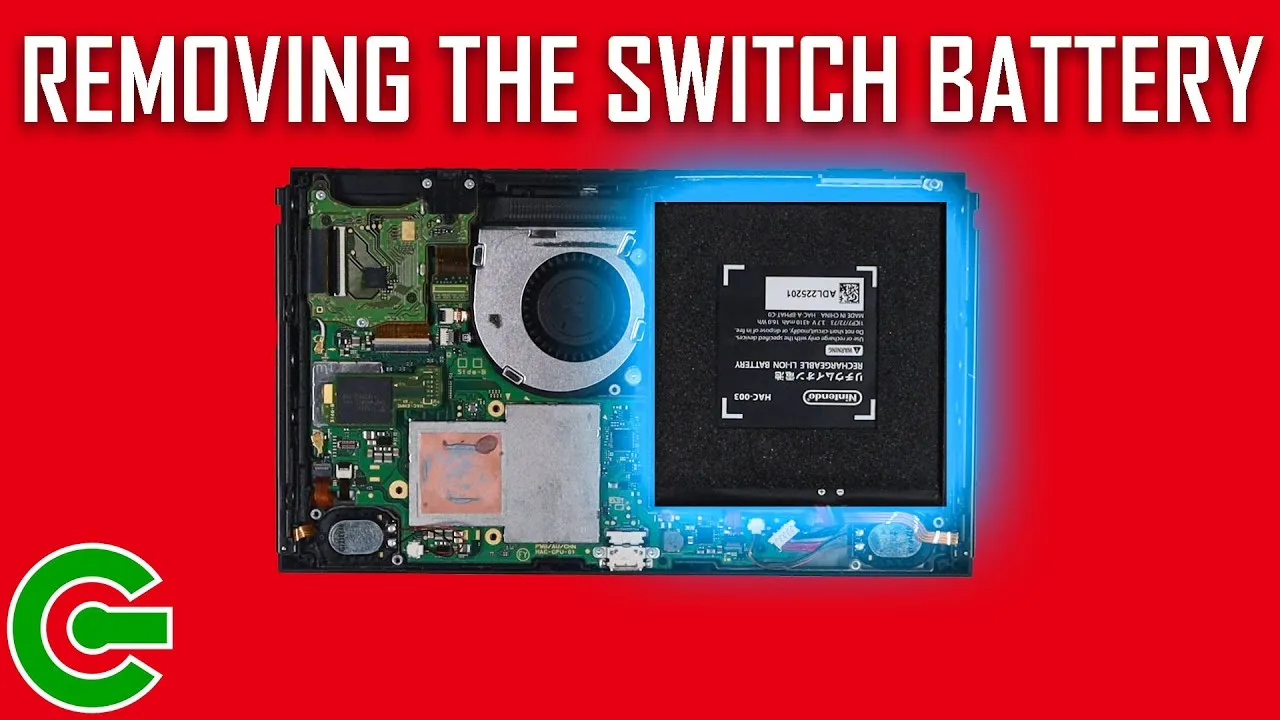Nintendo Switch 2 Amiibo Compatibility
Investigating potential VR headset accessories for the Nintendo Switch 2.
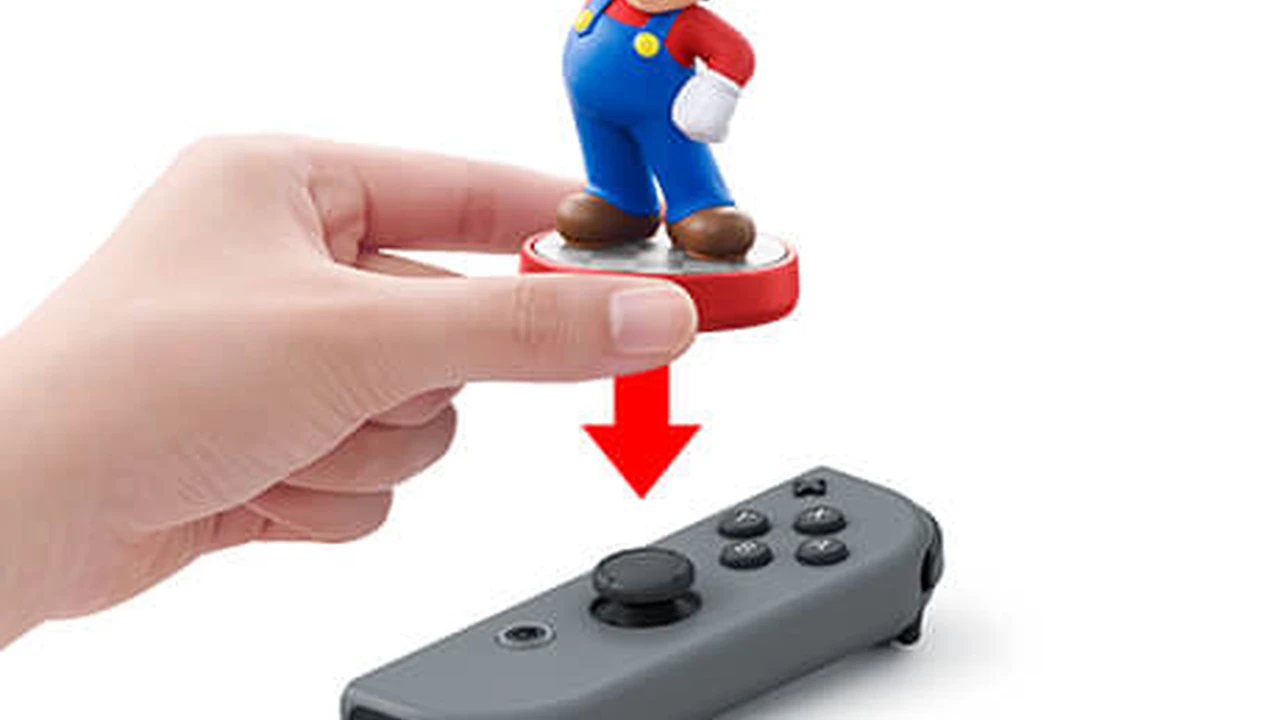
Nintendo Switch 2 VR Headset Options Exploring Immersive Gaming
The Dawn of Virtual Reality on Nintendo Switch 2
The Nintendo Switch 2 is on the horizon, and with it comes a wave of speculation and excitement about its capabilities. One of the most intriguing possibilities is the integration of virtual reality (VR). While Nintendo has dabbled in VR before with the Virtual Boy and more recently with Labo VR, the Switch 2's rumored increased power opens up new avenues for truly immersive VR experiences. This article dives deep into the potential VR headset options for the Nintendo Switch 2, exploring what might be available, how they could work, and what gamers can expect from this exciting new frontier.
Understanding Nintendo's Approach to VR Past and Present
Before we look forward, it's crucial to understand Nintendo's history with VR. The Virtual Boy, released in 1995, was a commercial failure, largely due to its monochromatic display, uncomfortable design, and limited game library. Fast forward to 2019, and Nintendo introduced the Labo VR Kit, a cardboard-based accessory that allowed players to experience VR with their original Switch. While innovative and affordable, Labo VR was a relatively low-fidelity experience, showcasing the potential but not fully realizing it. The Switch 2, with its anticipated hardware upgrades, could finally bridge this gap, offering a more robust and engaging VR platform.
Potential VR Headset Types for Nintendo Switch 2
When considering VR headsets for the Nintendo Switch 2, several types could emerge, each with its own advantages and disadvantages.
Dedicated Nintendo Switch 2 VR Headset
The most exciting prospect is a dedicated VR headset designed specifically for the Switch 2. This would allow Nintendo to optimize the hardware and software for a seamless VR experience. Imagine a lightweight, comfortable headset that the Switch 2 console slots directly into, similar to how some mobile VR headsets work. This would offer the lowest latency and best performance, as the system would be built from the ground up for VR. Such a headset could feature:
- High-Resolution Displays: To combat the 'screen door effect' and provide crisp visuals.
- Wide Field of View: For a more immersive experience.
- Integrated Audio: High-quality headphones built into the headset.
- Precise Tracking: Utilizing the Switch 2's Joy-Cons or new controllers for accurate motion tracking.
Example Scenario: Playing a new Mario Kart VR where you're truly in the driver's seat, or exploring Hyrule in a first-person, fully immersive Legend of Zelda VR adventure. The price point for a dedicated headset would likely be higher, potentially in the $150-$300 range, depending on features and build quality. This would be a premium accessory for serious VR enthusiasts.
Third-Party VR Headset Compatibility with Nintendo Switch 2
Another possibility is that the Nintendo Switch 2 could support existing or new third-party VR headsets. This would broaden the options for consumers and potentially leverage established VR technology. However, this would require Nintendo to open up its ecosystem, which they have historically been hesitant to do. If this were to happen, we might see:
- USB-C Connectivity: For data and video output to external headsets.
- Driver Support: Nintendo would need to provide drivers for various VR headsets.
- Performance Considerations: Ensuring that the Switch 2 can adequately power these external headsets without significant performance drops.
Example Scenario: Connecting a basic VR headset like the 'VR Shinecon G07' (approx. $20-$40) or a more advanced mobile VR headset to the Switch 2 via a compatible adapter. While these might offer a more accessible entry point, the experience might be less optimized compared to a dedicated Nintendo solution. The 'VR Shinecon G07' is a simple Google Cardboard-style headset, primarily for smartphones, but a similar concept could be adapted for the Switch 2 if Nintendo allows video output to such devices. The 'Beboncool VR Headset' (approx. $30-$50) is another example of a mobile VR headset that could potentially be adapted, offering adjustable lenses and a comfortable strap. These are generally 'dumb' headsets that rely on the connected device for processing and display, making them cheaper but potentially less immersive.
Enhanced Nintendo Labo VR for Switch 2
Given Nintendo's past success with Labo, an enhanced Labo VR Kit for the Switch 2 is a strong possibility. This would likely be the most affordable option, leveraging the existing Labo concept but with the Switch 2's improved display and processing power. This could mean:
- Higher Resolution Cardboard Viewers: To take advantage of the Switch 2's screen.
- More Sophisticated Toy-Con Designs: Allowing for more complex VR interactions.
- Improved Tracking: Utilizing the Switch 2's cameras and sensors for better head and hand tracking.
Example Scenario: A new Labo VR kit that includes a 'VR Blaster' for a first-person shooter experience, or a 'VR Fishing Rod' for a more tactile fishing game. The price would likely remain in the $40-$80 range, making it an accessible entry point for casual VR gaming. This would be ideal for families and those curious about VR without a significant investment.
Key Features and Technologies for Nintendo Switch 2 VR
For Nintendo Switch 2 VR to be successful, several key features and technologies will be crucial:
Display Technology and Resolution for Immersive VR
The quality of the display is paramount for VR. The original Switch's 720p display was a limiting factor for Labo VR. The Switch 2 is rumored to have a higher resolution screen, possibly 1080p or even 1440p. This would significantly improve the visual fidelity in VR, reducing the 'screen door effect' and making images sharper. A higher refresh rate (e.g., 90Hz or 120Hz) would also be essential to minimize motion sickness and provide a smoother experience.
Tracking and Input Methods for Nintendo Switch 2 VR
Accurate tracking of head and hand movements is vital for VR immersion. The Joy-Cons, with their accelerometers and gyroscopes, already provide some level of motion tracking. For more advanced VR, Nintendo might introduce:
- Improved Joy-Con Tracking: More precise sensors and potentially external cameras for inside-out tracking.
- New VR Controllers: Dedicated VR controllers similar to those found with Oculus Quest or Valve Index, offering more buttons and haptic feedback.
- Eye Tracking: For foveated rendering, which renders the area you're looking at in high resolution while blurring the periphery, saving processing power.
Processing Power and Performance for Nintendo Switch 2 VR
VR is graphically intensive, requiring significant processing power to render two separate images (one for each eye) at a high frame rate. The Switch 2's rumored NVIDIA Tegra T239 chip is expected to be significantly more powerful than the original Switch's processor. This increased horsepower would be crucial for delivering smooth and detailed VR experiences without compromising performance.
Comfort and Ergonomics of Nintendo Switch 2 VR Headsets
A comfortable VR headset is essential for extended play sessions. Nintendo would need to prioritize lightweight designs, adjustable straps, and breathable materials to ensure a pleasant user experience. Poor ergonomics were a major complaint with the Virtual Boy, and Nintendo will undoubtedly learn from that past mistake.
Potential Games and Experiences for Nintendo Switch 2 VR
The success of VR on the Nintendo Switch 2 will ultimately depend on the games and experiences available. Imagine:
- First-Person Adventures: Exploring vast worlds like Hyrule or the Mushroom Kingdom from a truly immersive perspective.
- Simulation Games: Flight simulators, racing games, or even life simulations where you feel truly present.
- Puzzle Games: Interactive puzzles that leverage the 3D space of VR.
- Educational Experiences: Virtual field trips or interactive learning modules.
- Social VR: Connecting with friends in virtual spaces, playing mini-games, or watching content together.
Nintendo's unique approach to game design, focusing on fun and accessibility, could lead to innovative VR experiences that differ from those on other platforms. They might prioritize experiences that are less about raw graphical power and more about creative interaction and unique gameplay mechanics.
Challenges and Considerations for Nintendo Switch 2 VR
While the prospect of VR on the Switch 2 is exciting, there are several challenges Nintendo would need to address:
Cost and Accessibility of Nintendo Switch 2 VR
VR headsets can be expensive, and Nintendo typically aims for a more accessible price point. Balancing performance with affordability will be a key challenge. A dedicated VR headset might push the overall cost of the Switch 2 ecosystem higher, potentially alienating some consumers. However, a Labo VR 2.0 could offer a very affordable entry point.
Motion Sickness and User Comfort in Nintendo Switch 2 VR
Motion sickness is a common issue in VR, especially for new users. Nintendo would need to implement features and design games that minimize this, such as smooth locomotion options, comfort settings, and clear warnings. User comfort, as mentioned, is also paramount for sustained play.
Battery Life Impact of Nintendo Switch 2 VR
Running VR applications is power-intensive, which could significantly impact the Switch 2's battery life in portable mode. Nintendo would need to optimize power consumption or offer solutions like external battery packs to ensure reasonable playtimes.
Content Library and Developer Support for Nintendo Switch 2 VR
A robust library of high-quality VR games will be essential for the success of Switch 2 VR. Nintendo would need to encourage both first-party and third-party developers to create compelling VR content. This might involve providing developer kits and support specifically for VR development.
The Future of Immersive Gaming with Nintendo Switch 2 VR
The potential for VR on the Nintendo Switch 2 is immense. While it's unlikely to compete directly with high-end PC VR systems like the Valve Index (approx. $999) or standalone headsets like the Meta Quest 3 (approx. $499), it could carve out its own niche, offering unique, family-friendly, and accessible VR experiences. Imagine a future where you can seamlessly transition from playing a traditional Switch game on your TV to donning a VR headset and stepping directly into that game's world. This hybrid approach, combining traditional gaming with immersive VR, could be a game-changer for Nintendo and the broader gaming industry. The 'Valve Index' is a premium PC VR system known for its high fidelity and wide field of view, requiring a powerful PC. The 'Meta Quest 3' is a popular standalone VR headset, offering a good balance of performance and accessibility without needing a PC. While the Switch 2 VR won't directly compete on raw power, it could offer a more integrated and Nintendo-centric VR experience.
Whether Nintendo opts for a dedicated headset, third-party compatibility, or an enhanced Labo VR, the prospect of virtual reality on the Nintendo Switch 2 is an exciting one. It represents a significant step forward in immersive gaming for Nintendo fans and could introduce a whole new generation of players to the wonders of virtual worlds. Keep an eye out for official announcements and further leaks as we get closer to the Nintendo Switch 2's release. The future of gaming is looking more immersive than ever.
:max_bytes(150000):strip_icc()/277019-baked-pork-chops-with-cream-of-mushroom-soup-DDMFS-beauty-4x3-BG-7505-5762b731cf30447d9cbbbbbf387beafa.jpg)



